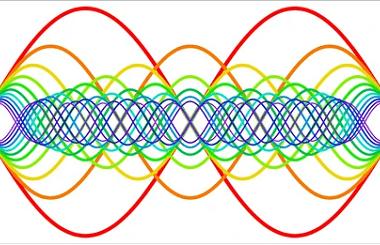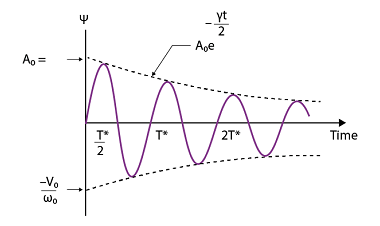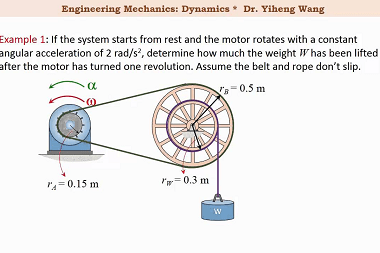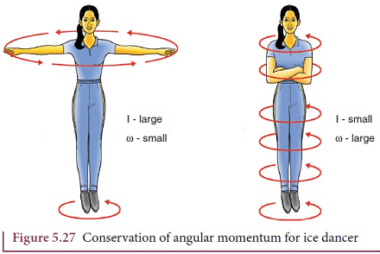Linear
Linear refers to something that is straight or follows a straight line. In mathematics, a linear function is a function that has a constant rate of change, meaning that as the input variable increases by a fixed amount, the output variable also increases by a fixed amount. The graph of a linear function is a…









